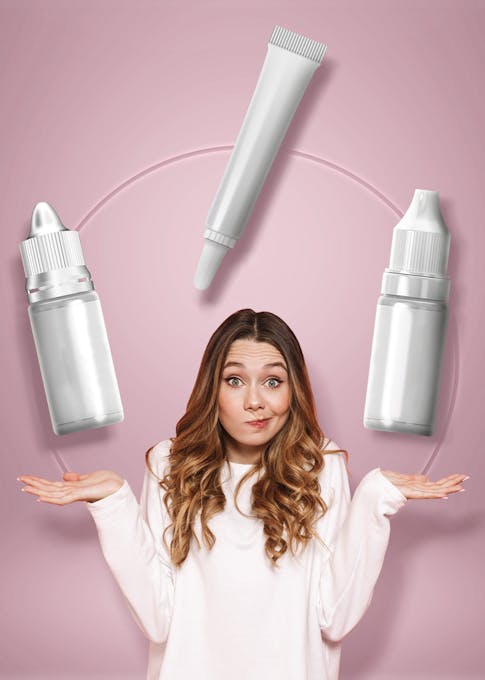The pigment you choose for your microblading business can make or break the final result. The right brand not only enhances client satisfaction but can play a pivotal role in your career and your microblading business.
According to a report by American Express, unhappy customers tell around 15 people about their negative experience, while happy customer shares it with less than 11 people.
This means that even one unsatisfied client can harm your and your business’ reputation.
These effects can be even more intensive with a significant procedure such as microblading.
To help you make an informed decision, we’ve gathered tips and insights from successful microblading artists, as well as scientists across the world.
How do microblading pigment brands differ?
Naturally, the more people popular microblading becomes, the more pigment brands appear on the market. And the more choices we have, the harder it becomes to make a decision.
Microblading pigment brands can vary significantly in terms of pricing, composition, ingredients, availability, and even brand reputation.
More importantly, they vary in compliance with regulations and manufacturing processes.
It’s likely that your clients will not be educated in the field of skin care, dermatology, and pharmacology, so they will turn trust to you. That’s why it’s up to you to gain enough information and choose the most reliable brand.
There are 2 main factors that you should be aware of when choosing a pigment brand:
- Pigment safety and pigment performance.
- Ensuring pigment brand safety and quality
Microblading pigments usually consist of 4 components:
- Carriers (such as glycerin and propylene glycol)
- Binders (ensuring the consistency of the pigment)
- Additives (enhancing the performance)
- Colorants (Pigments - providing the desired shade and hue of the pigment)
The first 3 components are pharma components. They are regulated by the FDA, clean, and safe to use. In the process of producing pigment, we have to add colorants to those pure ingredients. And colorants… are the same colorants used in the textile industry, for example. Full of toxic metals and definitely not regulated by any medical professionals.
Even though by tattooing and microblading, these pigments go through our skin, into our blood, they are not entirely safe and regulated.
That’s why the only way to be 100% sure that the pigment you are using is safe, and that your clients are safe is to choose the pigment with a transparent manufacturing process.
Ideally, the pigment of your choice will be produced in a way that separates colorants from other components, then purifying colorants and extracting heavy metals.

Choosing the pigment with the best performance
Not all of the pigments perform the same. You’ve probably come across faded, reddish, yellow, or irritated eyebrows. This is because the performance of a pigment is crucial for achieving an astonishing, long-lasting microblading results.
When evaluating pigment brands in terms of performance, here’s what you need to pay attention to:
- Longevity: High-quality pigments should provide long-lasting results, with the color remaining stable and true over time.
- Ease of application: Good pigments should have a smooth consistency and be easy to apply, ensuring precise and even distribution during the microblading procedure. They should not be too thick or thin and should blend seamlessly into the skin.
- Ability to customize: A versatile pigment range allows for the customization of shades to match each client's unique skin tone and undertones. Top-quality pigment brands offer a variety of base shades that can be mixed to create the perfect color for every skin tone.
- Health and safety: The best pigments are sterile, hypoallergenic, and free of harmful substances, such as heavy metals, parabens, and known allergens. They should comply with industry regulations and standards to minimize the risk of infections and adverse reactions.
- Stability and consistency: High-quality pigments should have a stable and consistent formula that does not separate or change over time. This ensures that the pigment remains uniform throughout the microblading procedure, providing consistent results.
- Color retention: Good pigments should have a high color retention rate, meaning they do not fade or change significantly as the skin heals. This is crucial for achieving natural-looking and long-lasting results.
Choosing the right pigment brand can’t be a daunting task, especially when there are so many choices available. We hope that this article will guide you in the right direction and give you an overview of the information you should be searching for. If you have any additional questions, make sure to contact us.
In the meantime, make sure to take a look at Phi pigments, the most reliable microblading pigment in the world.


Join the discussion